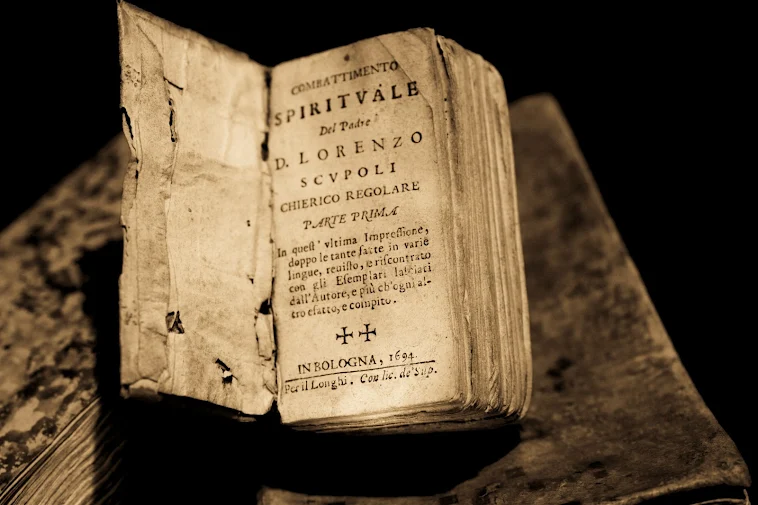Explanation of 1 Chronicles 19
1 Chronicles 19 recounts a conflict between King David and the Ammonites, along with their allies. The chapter highlights themes of loyalty, betrayal, and divine intervention in battles. It parallels the account in 2 Samuel 10.
Context and Background
This chapter is part of the chronicler’s account of David’s reign, emphasizing his military conquests and the divine favor upon him. It follows the narrative of David’s kindness towards the house of Saul (1 Chronicles 18) and continues the theme of God’s guidance in Israel’s victories.
Verse-by-Verse Explanation
Verses 1-2: David’s Kindness to Hanun
After the death of Nahash, king of Ammon, David seeks to show kindness to his son Hanun, just as Nahash had been kind to him. This act demonstrates David’s diplomatic approach and his intent to maintain peaceful relations with Ammon.
Verses 3-5: The Humiliation of David’s Messengers
Hanun’s advisors misinterpret David’s gesture, suspecting that the messengers are spies. Hanun humiliates them by shaving half their beards and cutting their garments at the waist. This act is a great insult in ancient Near Eastern culture, as beards were a sign of dignity and respect. By doing this, Hanun openly dishonors David and provokes conflict.
Verses 6-7: The Ammonites Hire Mercenaries
Realizing they have offended David, the Ammonites prepare for war by hiring Aramean (Syrian) mercenaries from Mesopotamia, Maakah, and Zobah. This shows their recognition of Israel’s military strength and their anticipation of David’s retaliation.
Verses 8-13: Joab’s Strategic Battle Plan
David sends Joab and the Israelite army to confront the threat. The enemy forces strategically position themselves: the Ammonites are at the city gates, while the Arameans prepare to attack in the open field. Joab divides his troops, giving command of one division to his brother Abishai. He encourages his forces, expressing confidence in divine support (verse 13), emphasizing the theme of trusting God in battle.
Verses 14-15: The Defeat of the Arameans
Joab’s troops successfully rout the Arameans, causing them to flee. This demoralizes the Ammonites, who retreat into their city. This moment highlights God’s favor upon Israel, reinforcing the belief that victory is not just about military prowess but divine backing.
Verses 16-19: The Final Defeat of Hadadezer and the Arameans
The Arameans, under Hadadezer’s leadership, regroup and summon reinforcements. David personally leads the Israelite forces, securing a decisive victory. The Aramean commander Shophach is killed, and the vassal kings of Hadadezer submit to Israel, refusing to aid the Ammonites again. This underscores David’s growing dominance and the fulfillment of God’s promise to establish his kingdom.
Key Themes and Lessons
The Consequences of Mistrust – Hanun’s failure to trust David’s goodwill leads to unnecessary war and destruction.
Divine Support in Battle – Joab’s call to courage (verse 13) emphasizes reliance on God’s will in times of struggle.
The Importance of Strategic Leadership – Joab’s tactical decisions and David’s leadership demonstrate wisdom in warfare.
The Danger of Alliances Against God’s People – The Arameans suffer defeat for aligning with the Ammonites, showing the futility of opposing God’s plan.
Conclusion
1 Chronicles 19 illustrates how mistrust and arrogance can lead to disastrous consequences. It highlights God’s faithfulness in granting victory to His chosen people and the importance of wise leadership in times of crisis. The chapter serves as a reminder of divine providence and the necessity of faith in God’s sovereignty

Comments